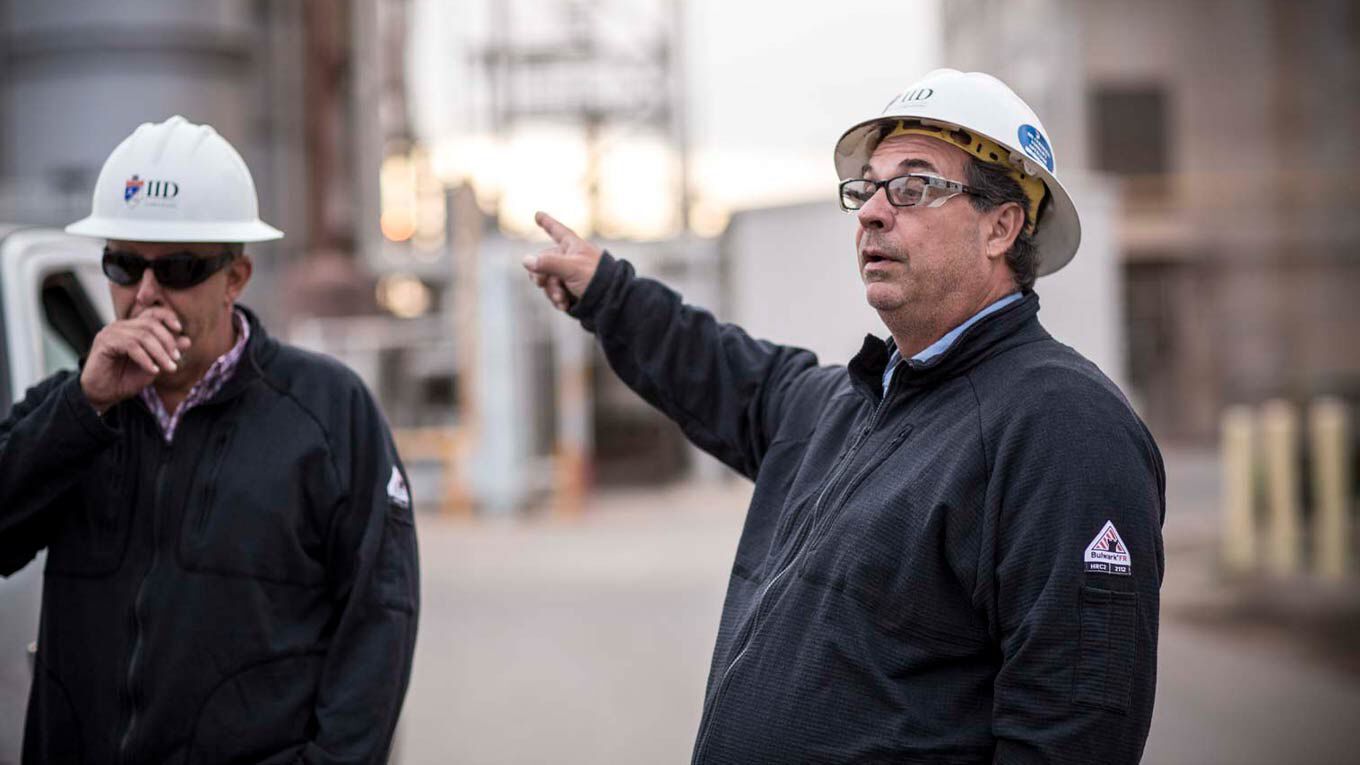FR Safety: Your General Duty

Key takeaways from this article:
• Responsibility for worker safety, including Flame Resistant (FR) gear, rests solely on the employer per the OSH Act and OSHA's "general duty clause."
• OSHA utilizes industry-specific safety standards from organizations like NFPA and ANSI.
• Bulwark provides FR training and expertise to aid employers.
Make no mistake—keeping FR on their backs falls squarely on your shoulders. In the United States, the responsibility for worker safety rests solely on the employer. In 1970, the OSH Act created the Occupational Safety and Health Administration (OSHA) and established the “general duty clause,” which delegated authority to OSHA to set the rules for implementing the standard.
The General Duty Clause states:
(a) Each employer –-
(1) shall furnish to each of his or her employees employment and a place of employment which are free from recognized hazards that are causing or likely to cause death or serious physical harm to his employees;
(2) shall comply with occupational safety and health standards promulgated under this Act.1
When OSHA was first established in 1970, existing private professional organizations had already begun publishing safety standards and best practices specific to their industries and/or hazards. So, rather than trying to address every possible scenario in which an employee could be hurt and how to manage each, OSHA looked to these well-established entities to define the specifics. In fact, many of OSHA’s permanent standards originated as national consensus standards developed by organizations such as the National Fire Protection Association (NFPA) and the American National Standards Institute (ANSI).
The General Duty Clause requires employers to be aware of all actual and potential workplace hazards and to take necessary precautions to protect their employees. The only problem is, it doesn’t tell employers how they are supposed to do it.
Therefore, it falls on the employer not just to follow the rules, but also to determine the rules that apply to them and to enforce those rules.
Overall, employers are responsible for:
1. Referring to the industry consensus standards that meet OSHA requirements
2. Determining which standards are applicable
3. Reading and understanding the standards
4. Finding the right PPE suitable to meet the standards
5. Ensuring PPE is compliant
6. Ensuring employees know how to—and do—use and care for their PPE properly.
So, if you feel like the weight of the world is on your shoulders—you’re not so far off. That’s why Bulwark arms you with FR training and expertise to help ease the pressure and keep your guys safe.
For more information on building an effective safety program, read our blog post “The ABC’s of PPE” or get in touch with a Bulwark representative.